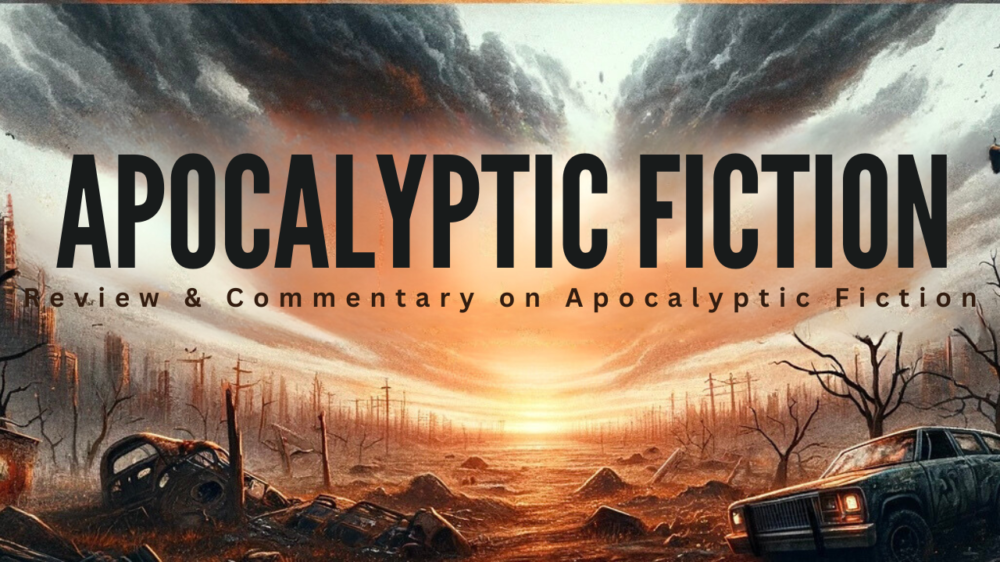Cat’s Cradle, penned by the inimitable Kurt Vonnegut Jr., is a quintessential piece in the realm of apocalyptic fiction. This novel, distinguished by its satirical tone and imaginative storytelling, dives deep into themes of science, religion, and the absurdity of human nature.
Narrative and Style
Vonnegut’s narrative style in Cat’s Cradle is characterized by its simplicity and razor-sharp wit. The story is told through the first-person perspective of John, a writer initially intent on chronicling the day the atomic bomb was dropped. However, his journey takes a surreal turn, leading him to discover the fictional religion of Bokononism and the lethal substance Ice-Nine, capable of freezing all the water on Earth.
The narrative is fragmented, consisting of short, punchy chapters that contribute to the book’s fast-paced rhythm. Vonnegut masterfully balances dark humor with profound insights, creating a narrative that is both entertaining and deeply thought-provoking.
Characters and Setting
The characters in Cat’s Cradle are vividly drawn, each contributing to the novel’s exploration of themes. The protagonist, John, serves as a relatable everyman, navigating a world filled with absurdity and danger. Other notable characters include Felix Hoenikker, one of the fathers of the atomic bomb, and his children, who each possess a piece of Ice-Nine.
The fictional island of San Lorenzo provides a backdrop that is as quirky as it is critical to the story. It is a place where the ridiculous and the tragic coexist, mirroring the novel’s overarching commentary on human folly.
Themes and Symbolism
Cat’s Cradle is rich in themes and symbols. At its core, the novel is a critique of mankind’s blind faith in both science and religion. Vonnegut uses the invention of Ice-Nine and the religion of Bokononism to illustrate the dangers of pursuing knowledge and belief without considering the consequences.
The novel also delves into the absurdity of human existence. Vonnegut’s portrayal of a world teetering on the brink of self-destruction serves as a metaphor for the irrationality and self-destructive tendencies inherent in human nature.
Originality: 5/5
Cat’s Cradle is a shining example of Vonnegut’s originality. The novel breaks from conventional storytelling with its unique structure and blend of satire, science fiction, and philosophy. Its approach to tackling serious themes through humor and irony is both innovative and impactful.
Thoughtfulness: 5/5
Vonnegut’s ability to weave profound philosophical and ethical questions into a narrative that is both light-hearted and engaging is remarkable. Cat’s Cradle challenges readers to think deeply about the role of science and religion in society, the nature of human relationships, and the absurdity of the human condition.
Entertainment: 4.5/5
While the novel’s unconventional narrative might not appeal to all readers, Cat’s Cradle is undeniably entertaining. Its brisk pacing, memorable characters, and Vonnegut’s trademark wit make it a captivating read from start to finish.
Overall Rating: 4.83/5
In summary, Cat’s Cradle by Kurt Vonnegut Jr. is a masterful blend of satire, science fiction, and social commentary. Its exploration of serious themes through a lens of absurdity and humor makes it not only a significant work of apocalyptic fiction but also a timeless critique of the human condition. Vonnegut’s novel is as relevant today as it was at the time of its publication, offering a unique and thought-provoking reading experience.

